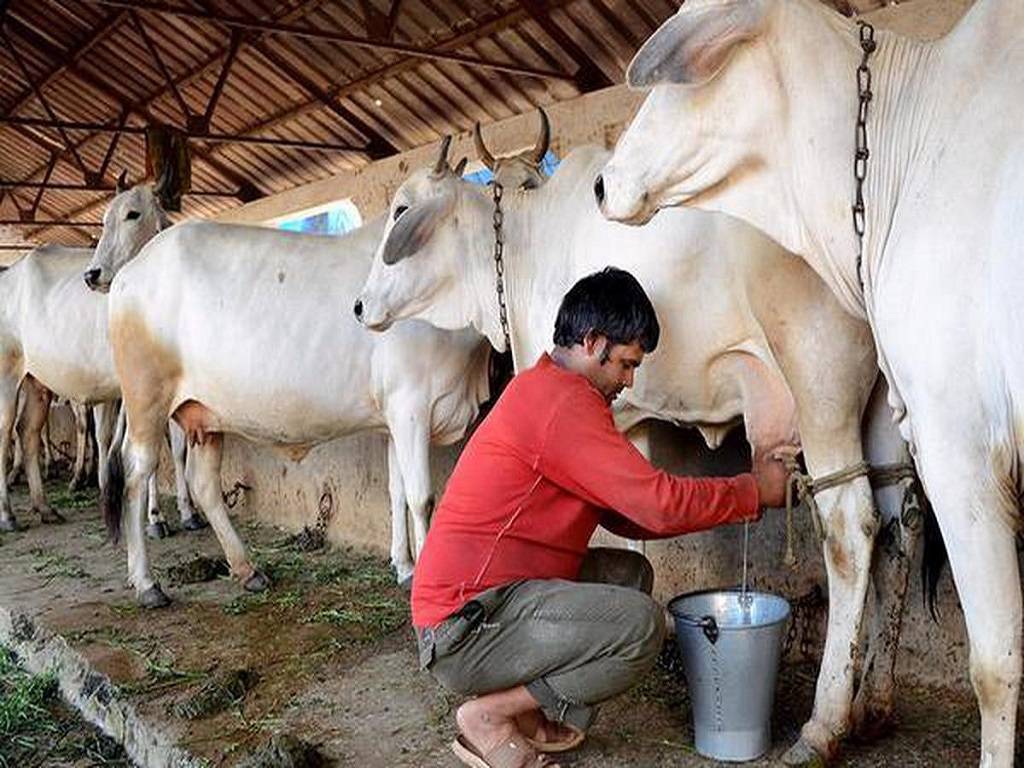
The production of cow milk in Gujarat has been badly affected due to the spread of lumpy skin disease (LSD).
Homegrown dairy giant Amul has seen a daily loss of 50,000 litres per day in milk procurement made through its milk unions, mainly in Kutch and Saurashtra.
Although the reduction is not immediately worrying, it is expected that if the epidemic is not controlled, the milk industry would face a significant shock next summer.
A total of two crore litres of milk are being purchased each day by the Gujarat Co-operative Milk Marketing Federation (CCMMF) and its 18 milk union members, of which 42% is cow milk.
According to RS Sodhi, the managing director of GCMMF, "The amount of milk procurement has dipped by 50,000 litres per day (LPD), but as of now, it is not much. The effect of this viral disease is seen more in Saurashtra and Kutch as compared to north, central and south Gujarat regions which have recorded only sporadic cases"
The district most severely impacted is Kutch, which has the largest population of livestock. Our daily milk procurement reaches three lakh litres, including 50,000 litres of cow milk. After the epidemic, the Production of cow milk collection has decreased by 15,000 to 20,000 litres per day, according to Valam Ji Humbal, deputy chairman of the GCMMF and chairman of Sarhad Dairy.
According to Humbal, A cow recovering from LSD has a 50–70% decrease in milk production. “We fear a cow milk crisis in Gujarat in the near future if LSD is not contained,” he said.
Officially, over 38,000 coins have got infected by LSD in Kutch alone but sources claimed that these are conservative figures.
According to cow breeders, in the majority of cases when pregnant cows become infected, the consequence is miscarriage.
"Any animal under stress will have a negative effect on their milk production. Even in the case of LSD, when the cattle become infected and the first clinical indications of the virus appear. According to Dr. Snehal Patel, deputy director (animal husbandry) of the Anand district panchayat, milk production begins to decrease for a few days when the temperature is high in the majority of cases.
















